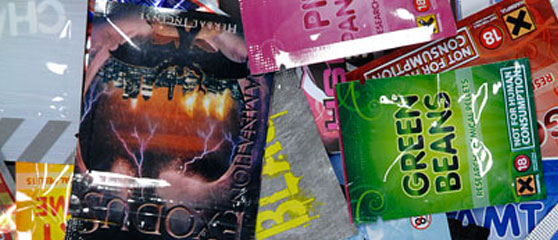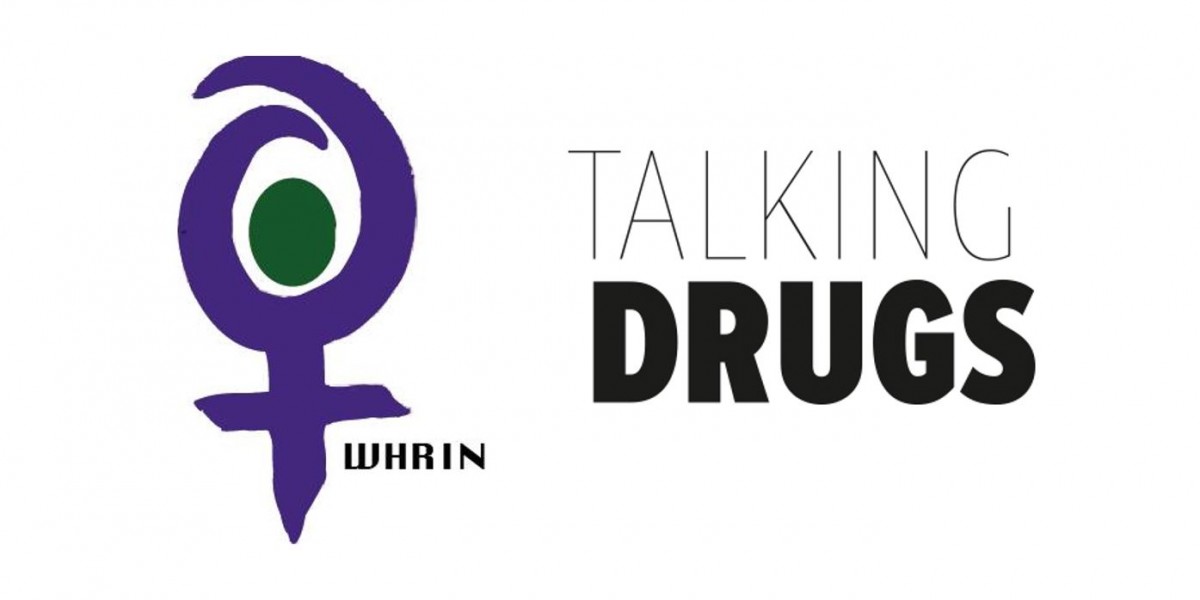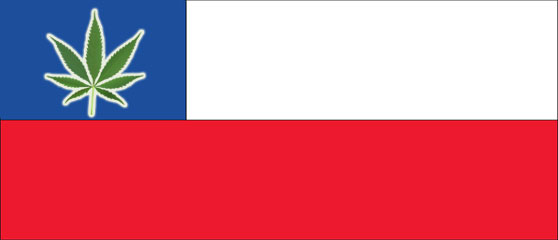New Zealand’s much heralded regulation of new psychoactive substances (NPS) appears be at a complete standstill after its introduction three years ago, raising the question: what went wrong?
The 2013 Psychoactive Substances Act (PSA) sought to introduce a full regulatory system for NPS and take control of what was a burgeoning market in these drugs.
The first of its kind in attempting to bring NPS into the licit market, the PSA places the onus on manufacturers to prove that their products pose a low risk of harm. Only once this is shown will a drug be licensed for sale.
As part of a temporary measure to transition from an illegal to regulated market in NPS, the government granted interim exemptions to approximately 40 NPS. However, these interim licenses were suddenly revoked in 2014 in a move seemingly driven by media scaremongering rather than any sound scientific evidence, as TalkingDrugs reported at the time. Thus, all NPS were banned.
Further to the removal of interim exemptions, a moratorium was placed on all applications for a license to produce NPS until the accompanying Psychoactive Substances Regulations (PSR) were finalised. These regulations outline the process for proving that a product poses a low risk of harm and came into effect on November 3, 2014.
Nearly two years since the PSR finally came into force, though, there appears to have been little progress in moving the market above ground. There have yet to be any products granted approval; indeed, no applications have even been received.
This failure to create a regulated market can be largely put down to a crucial flaw in the approval process – the ability to prove that a substance poses a low risk of harm.
Evidencing the level of harm is extremely difficult without potentially unethical human and animal testing, the latter of which is strictly forbidden as a result of the same amendment that ended interim exemptions. The 2014 Regulations include some areas in its definition of low risk – for example, toxicity from oral exposure, or harm to an unborn child – where there are currently no alternatives to animal testing available.
For this reason, the Psychoactive Substances Regulatory Authority (PSRA), the body in charge of licences and ensuring that products meet adequate safety requirements, has stated: ‘‘it is unlikely that a product can be shown to pose no more than a low risk of harm without the use of animal testing.” In light of this comment, it seems the regulations are entirely self defeating.
The infrastructure for the legal sale of NPS is therefore ready, yet we are left with the bizarre situation where the system to approve and license NPS has been designed in such a way as to make any such approval and licensing impossible. Indeed, the PSRA actually recommends that retailers and wholesalers do not apply for a licence at this time.
Manufacturers will not spend the considerable time and money required to apply if there is no reasonable prospect of successfully proving the requisite low risk of harm. Matt Bowden, the godfather of NPS in New Zealand and the person who was expected to be the first to gain a licence, was forced to liquidate his Stargate company last year. Bowden had been a vocal champion of regulation and his demise is symbolic of the failures of the new regime.
However, perhaps the most significant damage was done before the Psychoactive Substances Act was even conceived. The various bans that took place in the early years of the NPS phenomenon where the first substances to come to prominence were brought under the control of the Misuse of Drugs Act (MDA) have forced users to experiment with increasingly dangerous compounds. It is with these compounds that New Zealand is attempting to create a regulated market, rather than their better-known and arguably less dangerous predecessors that remain prohibited under the MDA, yet have already established a strong foothold in the buoyant black market.
In the words of the New Zealand Drug Foundation Executive Director Ross Bell, “we took away all the good ones and left the bad ones”.
Despite the evident differences between the NPS and traditional drug markets, the NPS legislative response cannot, and should not, be isolated from traditional drug policy. Realistically, is it feasible to have one policy which treats drug use as a serious crime which must be punished and another which permits the use of drugs in a regulatory environment? A piece of legislation such as the PSA was perhaps always doomed for failure when attempting to operate under the suffocatingly regressive shadow of the Misuse of Drugs Act.
The PSA contains an in-built requirement that it be subject to a parliamentary review by 2018 and Peter Dunne, New Zealand’s health minister responsible for the legislation, said in his speech at the United Nations General Assembly Special Session (UNGASS) on drugs in April that the National Drug Policy 2015-2020 will likely lead to a full review of New Zealand’s 1975 Misuse of Drugs Act. However, until any such rethink happens the failure to create a regulated market in NPS will continue to cause serious and unnecessary harm.


